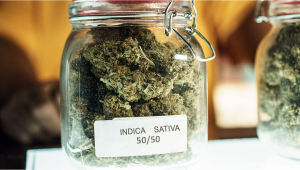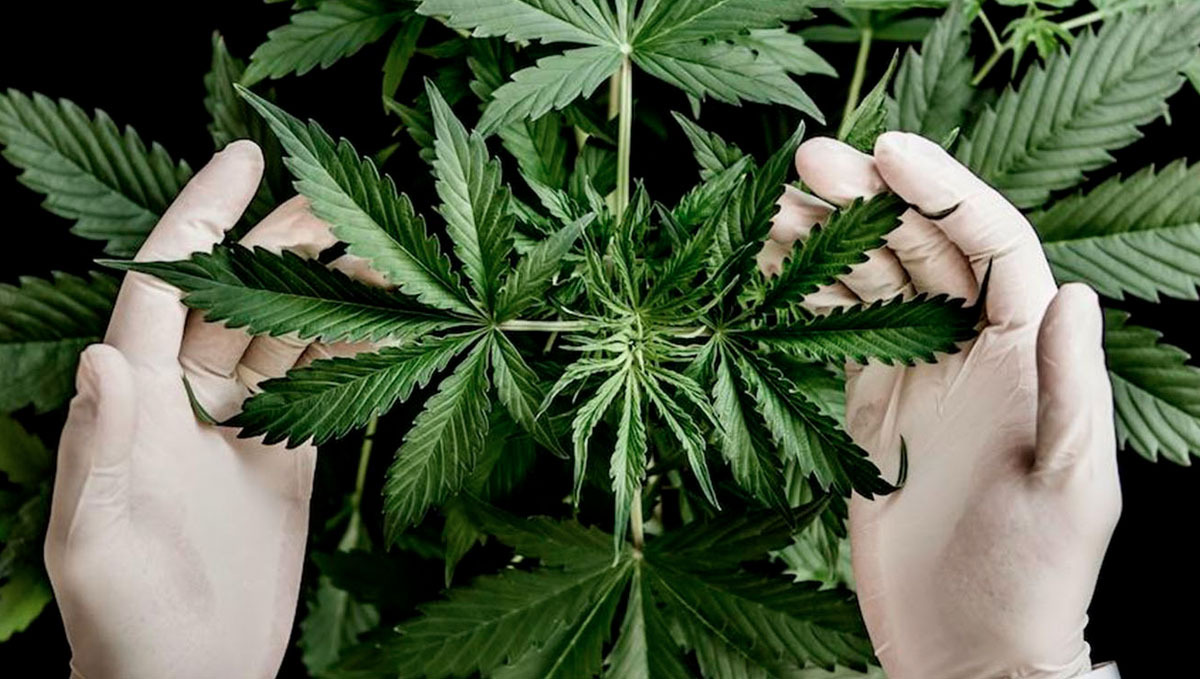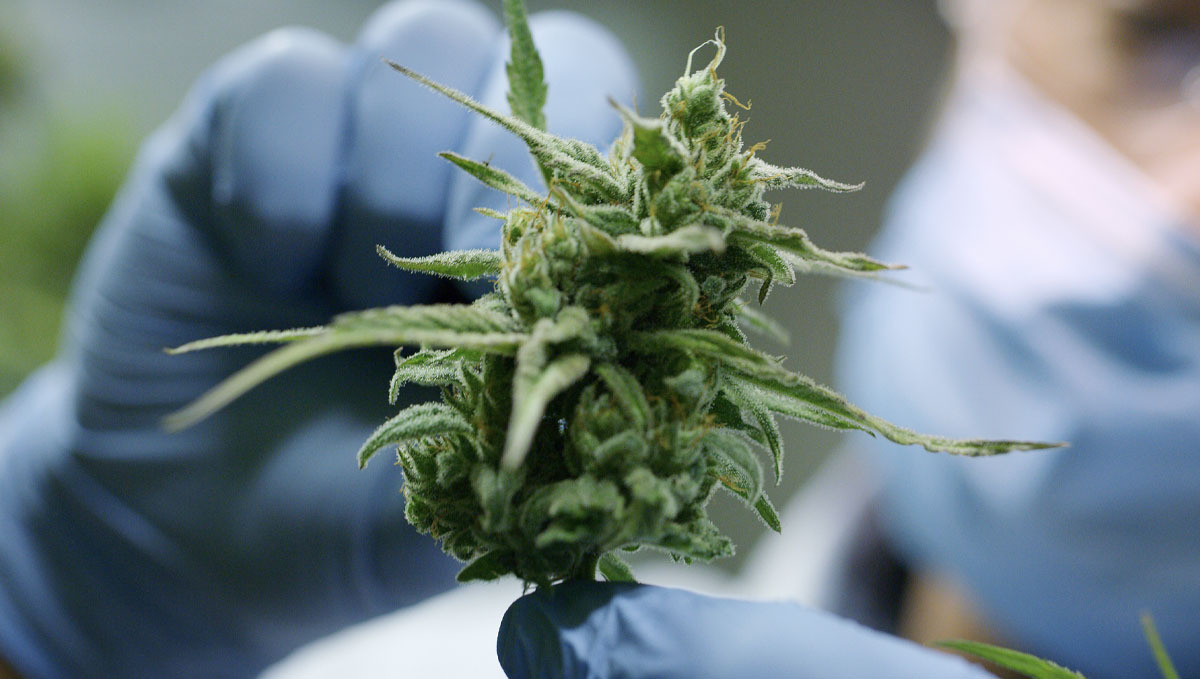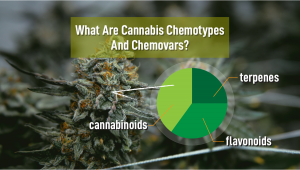The Sativa/Indica Classification Has No Meaning, a Study Claims

When shopping for cannabis seeds, growers have come to rely, among other things, on the distinction between Sativa and Indica cultivars. However, a recent study by Canadian scientists questions the validity of this approach.
The team compared almost 300 cannabis samples and concluded that their exact chemical composition and their genetic makeup hardly related to the common Sativa or Indica designations used by growers. The same can be said of the names of the strains on the market — they hardly reflect either the origin of the genetics or their chemical profile.
The Same DNA with Minimal Variance
For their research, the authors took 297 cultivars whose cannabinoid and terpene content had been previously analyzed using mass spectrometry and gas chromatography. Then they extracted DNA of sufficient quality from 137 of those samples. Every sample was also labeled as either Sativa, Indica, or hybrid by its manufacturer.
The researchers found no correlation between the labels, the genomic data, and the chemical makeup of the samples. In other words, there were no significant differences between Sativas and Indicas. Likewise, samples labeled as one and the same strain, such as OG Kush, could be as far apart as any two randomly chosen strains with different names.

New Classification Needed
Traditionally, growers and smokers use the names “Sativa” and “Indica” to differentiate between strains with distinct characteristics in terms of plant structure, growth patterns, the type of high, and the terpene profile. They believe that Sativas are taller cultivars with longer flowering times, while Indicas take less to mature and have a more compact structure.
The high produced by Sativa is believed to be more stimulating, and Indica “stone” more sedating. Specific aromas are also attributed to different genetics. For example, smokers associate the smell of earth with Indica phenotypes.
The new research suggests that the genome-wide difference is almost non-existent and the number of gene sites that really make a difference is extremely small. However, it’s these subtle differences that distinguish one strain from another. The cannabis plant is able to produce dozens of cannabinoids (which have mind-altering potential), as well as terpenes and flavonoids (which give the weed its unique smell and taste).

Some evidence suggests that there is an interplay between these three types of molecules and their combined effect creates a unique type of high varying from strain to strain. This synergy has received the name of the entourage effect.
It would be of great use to recreational smokers if they could somehow deduce the character of the effect they may expect from strain’s label. It’s even more important for medical patients because it’s relevant to whether a particular strain will help with their condition. And the old Sativa/Indica classification simply fails to give any insight.
The authors suggest that a more reliable way is to study the detailed terpene profile of a product. Only this can give users an idea of what they are buying.











Comments